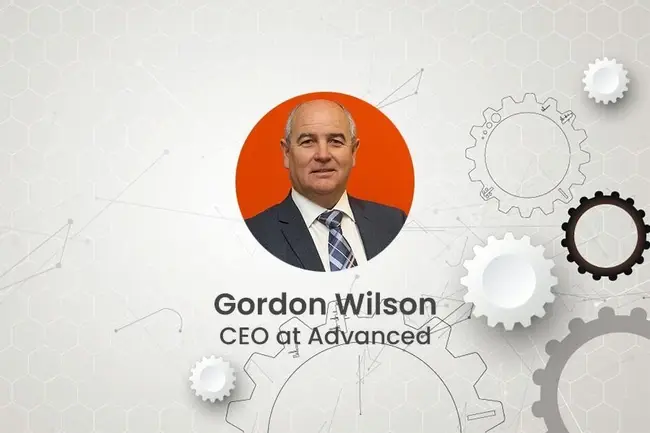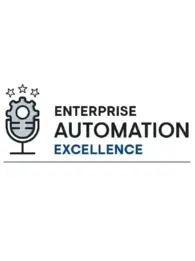
We are all on a journey to becoming digital-by-default – and we are all at different stages too. But would it surprise you to know that, in some organisations, a CEO’s next senior hire will be a robot? If Advanced's latest Trends Survey Report is anything to go by, this pipedream could become a reality.
In fact, 82% of CEOs and business owners would be happy to work alongside robotic technology if it meant fewer manual processes which is up from 75% when compared to last year. Manual processes typically take up a lot of people’s time so it’s increasingly being recognised as a no-brainer if some of these processes can be eliminated – giving CEOs more time to spend on higher value tasks.
Robotic technology is already transforming a myriad of processes and industries. It can automate the processing of invoices for finance teams, for example, or automate the litigation of personal injury cases. It can also improve patient experience and relieve pressures in healthcare teams.
In 2020, we will see robotic technology used to enhance and accelerate CEOs’ decision-making abilities – and it’s something the wider workforce wants to see too. Our same report shows that more than half of employees think a robot would be better at decision making than their boss.
Sure, robots won’t be taking the role of a business leader any time soon (despite what some media reports warn) but it’s food for thought. While this finding is surprising, it indicates people are trusting the reliability of technology more than ever before, it’s about striking the right balance. There will always be a need for human intervention and leaders should see this as an opportunity to embrace technology to accelerate their own decision-making abilities.
After all, unlike humans, robots can operate 24/7, as well as automate a high volume of information to generate insights quickly. What’s more, robots are unbiased and impartial.
That’s not to say the role of the CEO’s colleagues will become less important. It’s quite the opposite. These so-called robots will generate masses of data and insight which will enable other members of the c-suite to become strategic partners and act as a sounding board to the CEO. This collaborative way of working will, for example, help the CEO understand better how the business is performing, where weaknesses lie, whether more efficiencies can be made and identifying new growth areas – not to mention give other c-suite leaders a share of voice in the boardroom.
However, it’s important that the CEO finds a solution that works for everyone. If it’s not fit-for-purpose, leaders won’t be able to plan, and be prepared, for what the future brings. Currently, only 31% of organisations benefit from real-time information when adopting new and innovative technologies so it’s critical any investment in robotic technology offers real-time visibility.
The importance for CEOs to be able to react with pace and make bold decisions also cannot be underestimated as a driver for adopting robotic technology. They are now faced with juggling a myriad of challenges. There are a host of mandatory regulations that businesses need to contend with, for example, forcing their organisation to change the way they operate.
This is without even considering Brexit – a monumental challenge – which is making proactive business planning near impossible. CEOs also have to overcome a number of hurdles like legacy technology systems and cyber security which can no longer be left to the IT department.
The bottom line is that a CEO’s increasing appetite to adopt robotic technologies can only be a good thing and, done right, it will transform how senior leaders work – for the better. The value of strong leadership cannot be underestimated in uncertain times but, as the saying goes ‘data overrules hierarchy’, which means data-driven technology must play a part. Next year, then, we will see more and more CEOs staying on the pulse of the emerging and innovative technologies – and, slowly but surely, using them to make a positive impact to their role and their team.
Next, check out our Ask the Expert with James Maude, Head of Threat Research at Netacea.













Comments ( 0 )